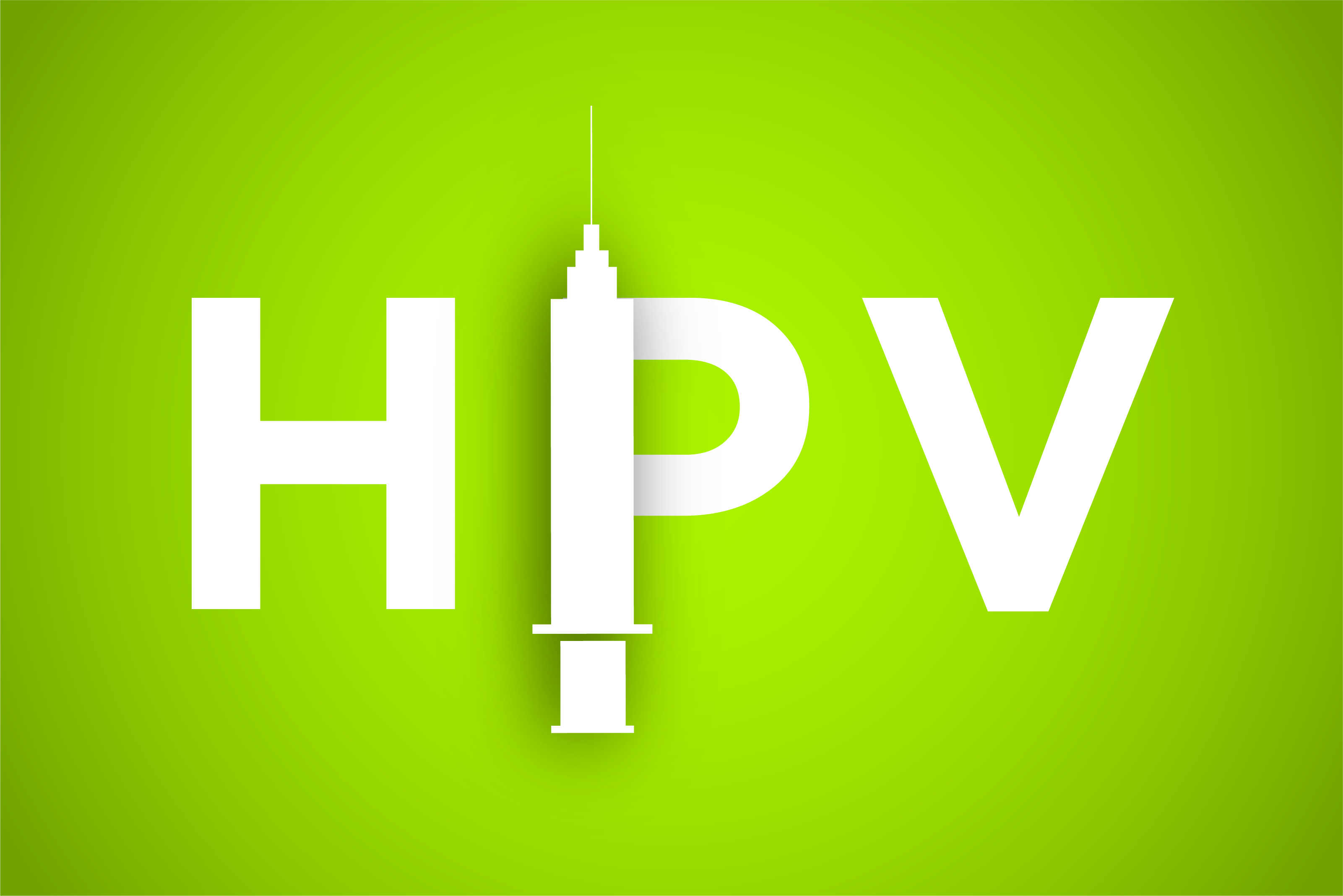Two master’s degree students in MSU’s College of ComArtSci have joined an interdisciplinary team of researchers to investigate what’s keeping college-age males from getting the only available vaccine that prevents cancer.
Health and Risk Communication Master’s student Ruth Osoro and Communication Master’s student Alexa Roscizewski are focused on developing research-based messaging to persuade more men in their late teens and early 20s to get vaccinated for human papilloma virus. The HPV vaccine can effectively prevent oropharyngeal cancer—a cancer of the throat, tonsils and tongue that’s on the rise and mainly affects men.
“By vaccinating men, it will also prevent the transmission of HPV to their partners,” said Osoro. “That means we will be indirectly reducing the incidence of cervical cancer in women—also caused by HPV virus.”
Roscizewski said she’s eager to see what she and Osoro will discover through focus group with male students and their parents. The information gathered from the interviews will be used to create more far-reaching surveys, and to develop a university-wide campaign this fall to increase HPV vaccination rates and prevent cancer.
“I’m extremely excited to create a campaign that can be successful in convincing college-age men to get vaccinated,” she said. “The hope is, too, that the campaign will result in more acceptance of vaccinations as a whole in disease prevention.”
Identifying the Barriers
Maria Knight Lapinski advises Osoro and Roscizewski and is among the various partners connected to the project, including Department of Communication doctoral student Sunyoung Park and project originator Jeff Searl, associate professor in the Department of Communication Sciences and Disorders.
She’s the director of MSU’s Health and Risk Communication Center, as well as a jointly appointed professor in the Department of Communication and Michigan Ag-Bio Research. Lapinski said project is well-suited for the HRCC—a hub that supports the work of over 50 affiliate faculty members who study the role of communication in health behavior change and risk reduction.
Osoro and Roscizewski are collaborating with HRCC, the National Science Social Norms Center, and a team of university faculty and graduate students led by Bree Holtz, assistant professor in the Department of Advertising and Public Relations. The two will also work with MSU’s Student Health Services to develop and roll out the campaign.
“The basic gist is we want to understand the role that family communication plays in getting the vaccine, and what can facilitate an uptick in vaccination among college-age men,” Lapinski said. “Our rationale for targeting men is that men have historically been vaccinated at a lower rate since there wasn’t a link between head, neck and throat cancer until recently.”
While most adolescents have received vaccines to protect them from pertussis, meningococcal disease, and varicella, HPV vaccination rates lag. Lapinski cited recent data from the Centers for Disease Control and Prevention that show self-reported HPV vaccination rates are lower for college-age men relative to college-age women in Michigan. She said the expense of the vaccine (about $300 per injection), and the aggressive schedule of three injections over 18 months can sometimes be a stumbling block.
“It’s a complex decision to vaccinate against HPV,” she said. “Many people under 26 are also still on their parent’s insurance, so there is a role for family communication to talk about covering the cost.”
Despite the complexities, Lapinski noted the overarching benefit: the HPV vaccine is the only cancer vaccine available at this time, which makes it an important tool in cancer prevention.
“That’s pretty remarkable,” she said.
Delivering the Message
Osoro and Roscizewski are currently in the midst of conducting focus groups and surveys to explore perceptions about the HPV vaccine and process. Their plan is to wrap up their data collection and analysis by the end of spring 2019 and to develop campaign pieces in the fall.
Lapinski said the research ushered forward by Osoro and Roscizewski will be of tremendous help in developing messages that stress the value of the HPV vaccine to public and personal health.
“All vaccines are important not just for personal health, but for the larger health of the community in helping to prevent the spread of disease,” she said. “Probably the most compelling angle we see with the HPV vaccine is delivering a message that connects with individuals about the health of you and your partner.”
Osoro agrees. She said she wants people to understand that by getting the vaccine they can protect themselves against cancer and protect their partners, too. It’s also part of a larger quest she shares with Roscizewski: to learn how to design, implement and evaluate evidence-based health communication materials that can prevent and address health problems.
“My end goal is to be a health communication expert,” said Osoro. “Being involved in this research in health and risk communication gives me to the basics to create similar interventions in the future—ones that combine both theory and practice.”
Osoro and Roscizewski were recently awarded the second annual Sandi Smith Research Fellowship to help fund the project. The fellowship was founded in 2017 to celebrate the contributions of University Distinguished Professor Sandi Smith to health and risk communication studies in the College of ComArtSci. The professor of communication directed the HRCC from 2005 to 2017.
“We both feel very honored to have received this fellowship,” said Roscizewski. “This is a great first step to getting into research. It’s wonderful to be learning from some of the most highly-regarded scholars in the field of health and risk communication.”
By Ann Kammerer
